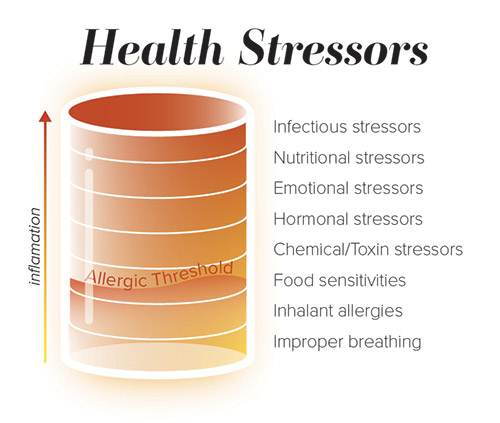She Thinks About the Whole Picture
I’ve been struggling with recurrent UTIs for 15+ years. I’ve been to numerous docs, OBGYNS, a urologist, and multiple acupuncturists and herbalists along the way. Dr. Amanda is the first person who has really taken the time to dig deep to figure out what could be the root cause – working with both me and … Read more



